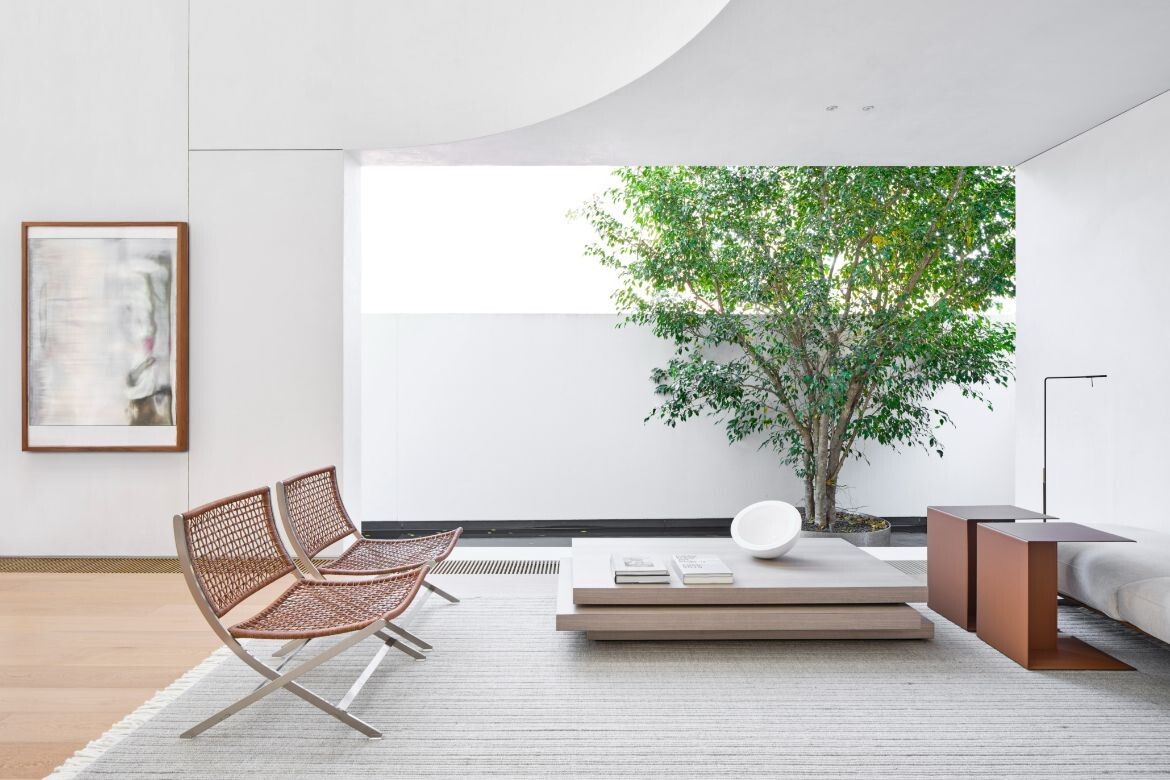In his indomitable style and in honour of achieving 25 years of practice, William Smart invited the glitterati of Australian architecture to an evening of white on white in the Sydney Opera House’s impeccable Utzon Room. Setting the tone, the simple white embossed parchment inviting all to wear white for the occasion typifies Smart’s austere and oh-so-perfect aesthetic. What perhaps would come as a surprise was Smart’s speech that firstly pointed out that it was time for all to vote yes to the Voice – the crowd cheered in agreement.
He then went on to quote the Petshop Boys’ era-defining song, Being Boring (Neil Tennant Christopher Lowe Lyrics):
I came across a cache of old photos
And invitations to teenage parties
“Dress in white” one said, with quotations
From someone’s wife, a famous writer
In the nineteen-twenties
Before going on to the chorus
‘Cause we were never being boring
We had too much time to find for ourselves
And we were never being boring
We dressed up and fought, then thought: “Make amends”
Again, the crowd cheered!
Defining Smart Design Studio (SDS) is a trajectory of incredible projects that have grown in grandeur, scale and finesse over the last 25 years. However, what underlines his success is typified by both the invitation and the event: a stark aesthetic that draws on texture, contrast, form and beauty to define the built environment as something always, other than boring.

For Smart, the project most able to express what he envisaged is the private home of Judith Neilson: “Indigo Slam is probably the moment where what I was thinking was absolutely front and centre,” says Smart. This is not to say the previous projects had been anything less.
Rather, they were designed and built to an appropriate scale and budget with only the first five years of work being impacted by budgets that were almost too tight for the desired outcome: “All we were trying to do was make the best project with the least money possible. And there was never actually enough to really do what we wanted to do, we stretch things to almost breaking point to make it happen.”
This however changed with a new type of projects including Orama in Woollahra and Tusculum in Potts Point: “Somewhere on the way, it became a little bit more relaxed. And clients came to us and said, the budget is flexible, and then we got to play with new materials, upgrading brick and other things that we really loved and that was a real sense of liberty,” says Smart.
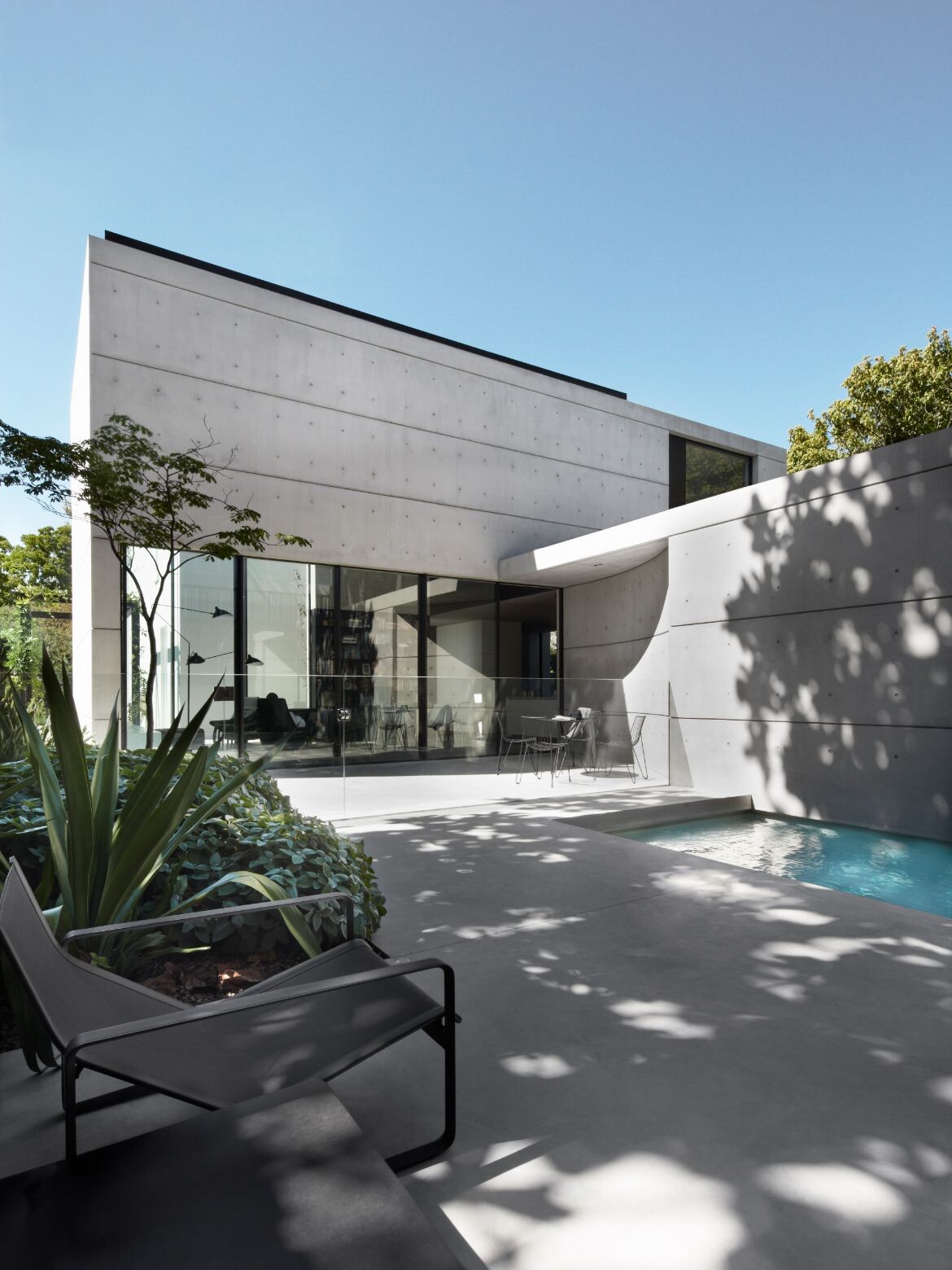
These and other projects of SDS’s mid-period cemented Smart’s reputation for a particular sensibility that took the practice to projects where the scope was even broader including Indigo Slam: “What was unusual about that time is someone said, just make me something amazing. It doesn’t need to do everything. But everything it does has to be incredible. And I just embrace that opportunity,” says Smart, who recognises that this was a rare moment that would define the creative direction of the practice.
“Along the way, I’ve had a couple of really strong epiphanies of what direction I wanted to take the practice in. I felt like I was searching for something. I knew what work felt like, but I couldn’t see it. And then running in the park one day, I saw this piece of sculpture, and I could see it; now I understand how all the elements come together. And this expression and combination of forms was a big influence on Indigo Slam.”
Smart designed and delivered arguably the most recognised and awarded house of this era. Indigo Slam moreover, while setting a benchmark in residential architecture, hasn’t been reduced to a signature aesthetic with all of SDS output looking the same since. Instead, Smart’s design acumen and intelligence have been set free to explore myriad possibilities within his sensibility. His own home for example, above the studio practice in Alexandria is a delight of vaulted volumes and overlapping form that rethinks how a space can be a home.
This project, in particular, amalgamated a vast scope of design thinking: “The other big epiphany I had was maybe two or three years ago when we’d finished our apartment, in particular, more than the office. It was one of those opportunities where I could really explore my passion for invented structures, vaults or all kinds of beautifully formed roofs or beams. I realised that it wasn’t just the expression of structure, but it was the synthesis of that, with being more sustainable, being more honest, being quite decorative, being lighter on our feet, and trying to bring all these things together, along with how you’d build a beautiful atmosphere in a space.”
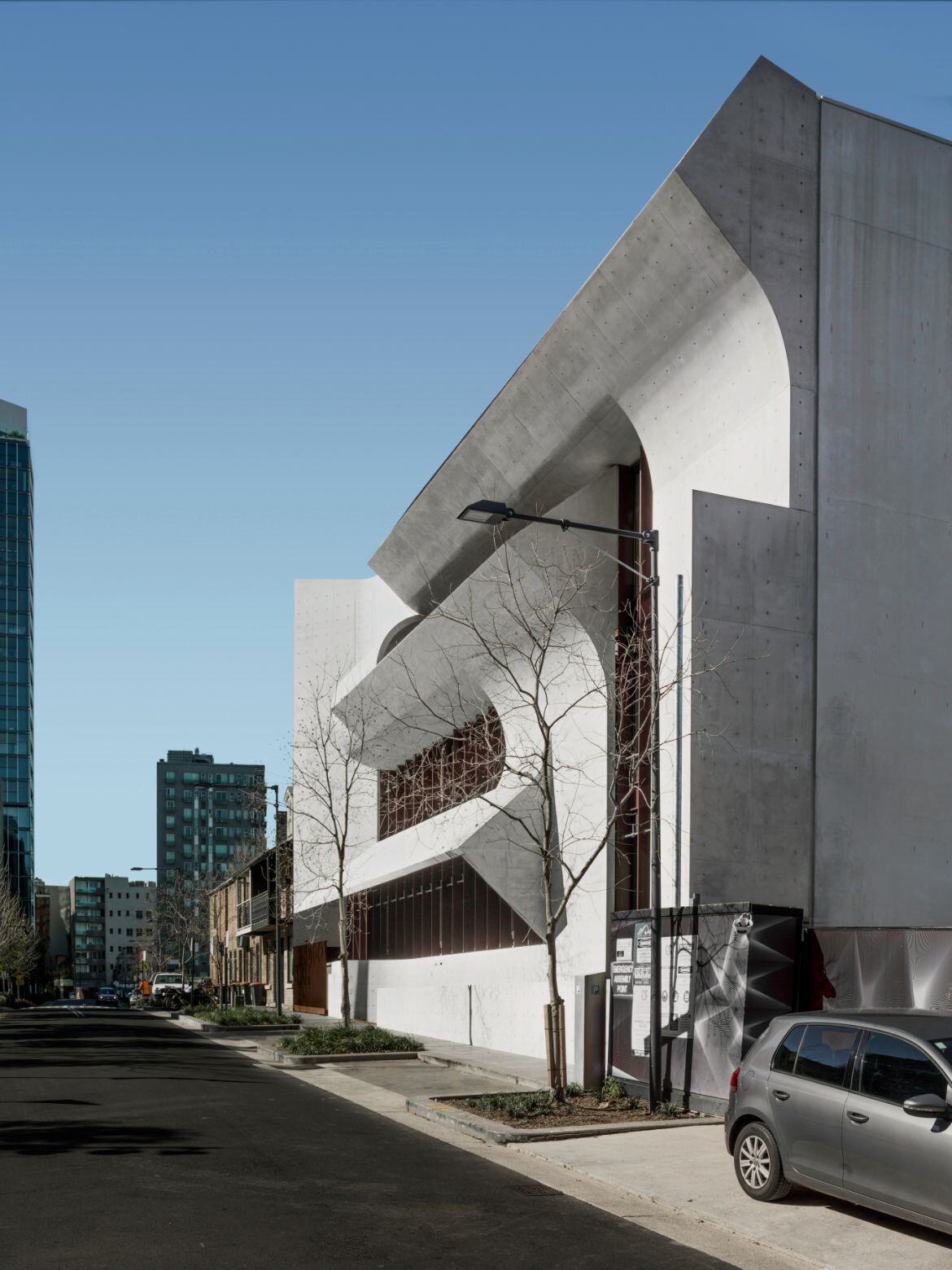
Effectively, this line of thinking has allowed Smart to see a range of competing interests as complementary interests, when worked together within a considered framework: “If you create a place where the structure works harder, you’re able to reduce material and therefore make the building more sustainable and you use that for a beautiful atmosphere and it curates the styling atmosphere, you light it really well with daylight and artificial lighting, and then you address acoustics and all the environmental performances, and you try to bring it all together in a really expressive way,” says Smart.
Another aspect of the SDS practice that sets it apart is Smart’s appreciation of the power of interior design in uniting the design philosophies he ascribes to: “I don’t think many architects really embrace that. They want to be outside versus inside and we do the inside first, and then build it. We build it from the inside out. And that will drive the architecture,” he says.
This has been extrapolated recently with landscaping playing an increasingly foundational role: “Over the last couple of years, I’ve been focused on how you can blend with extraordinary landscapes and realise that I love gardens. I love green. And it’s been really recently that I’ve been thinking, how do you build this beautiful world where you blur the lines,” says Smart, who has of course run with landscaping as another element to be synthesised into his work. “It’s trying to bring all that together: it’s quite exciting,” he says, in anticipation of what’s to come. And if it’s anything like what we have seen already, it’s going to be extraordinary.

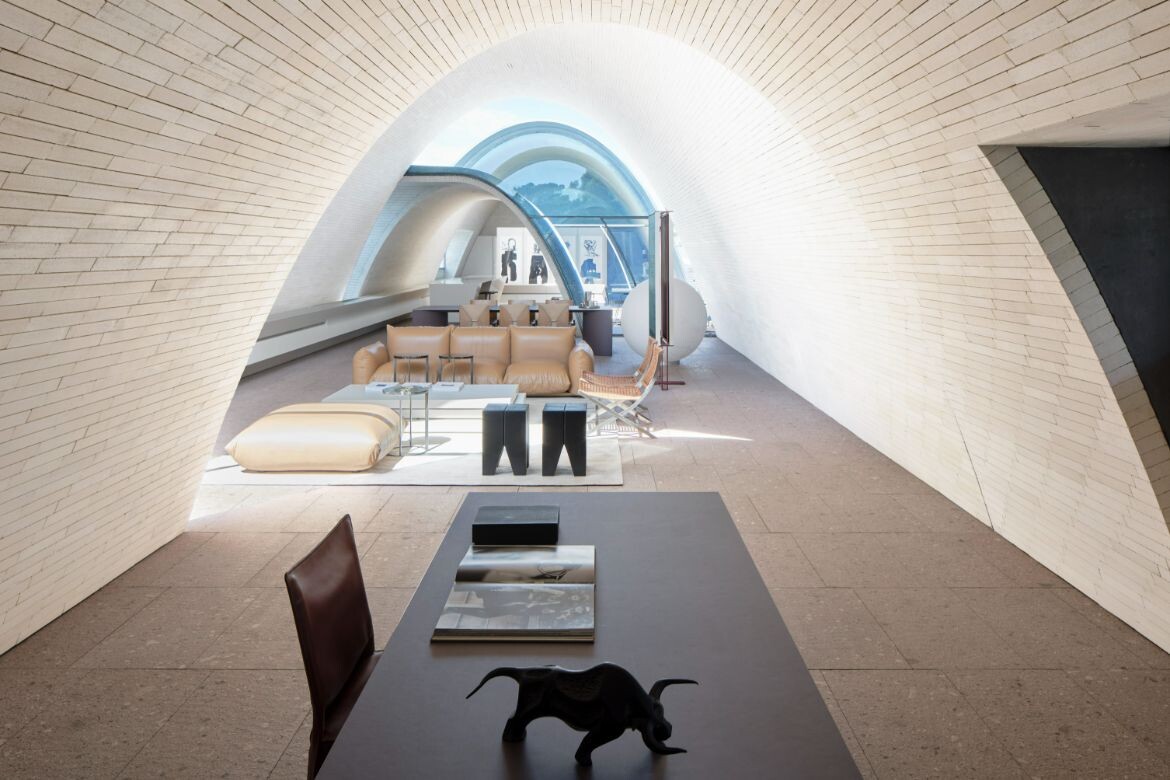
It was an evening of celebration, with a beautiful crowd all dressed in white…

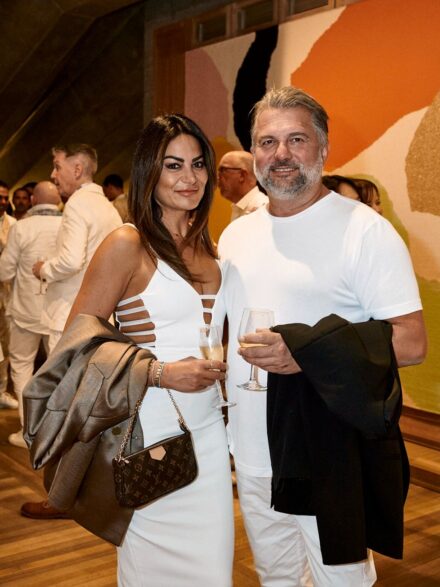


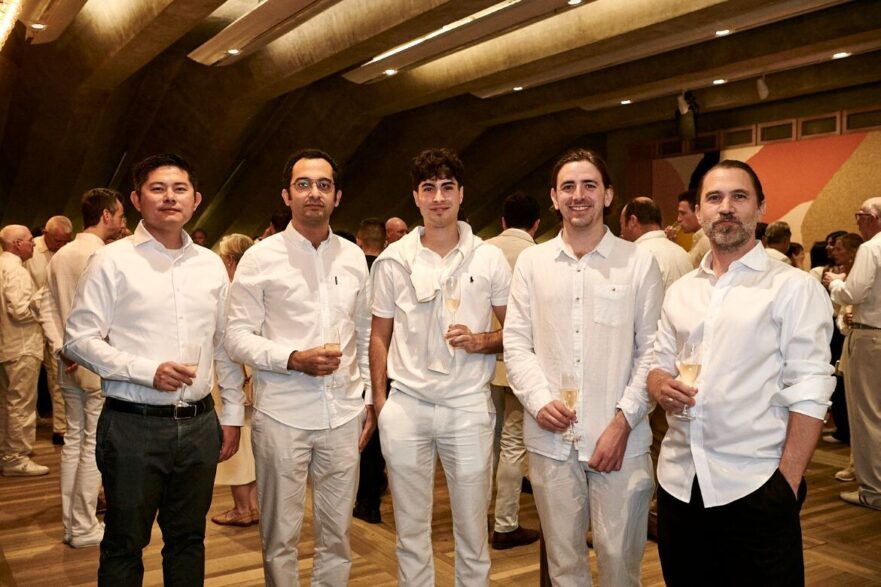
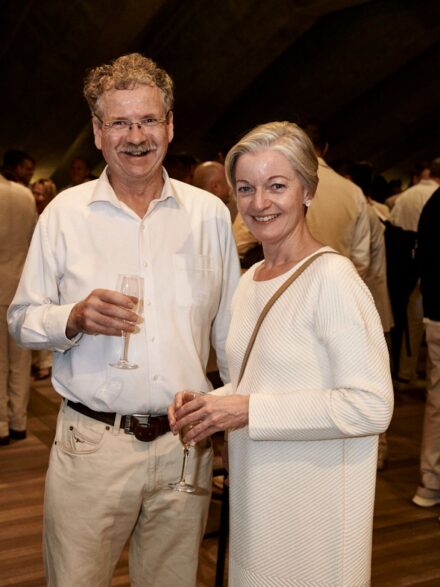

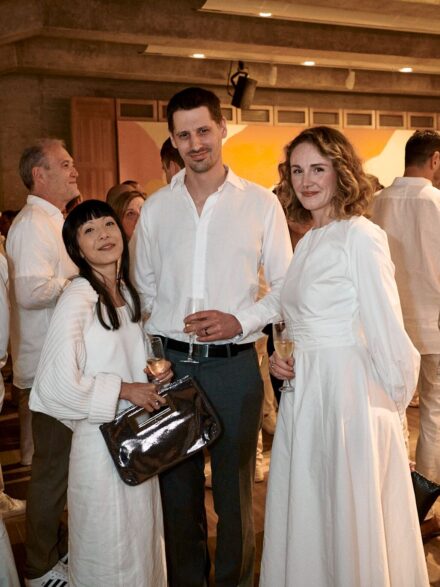
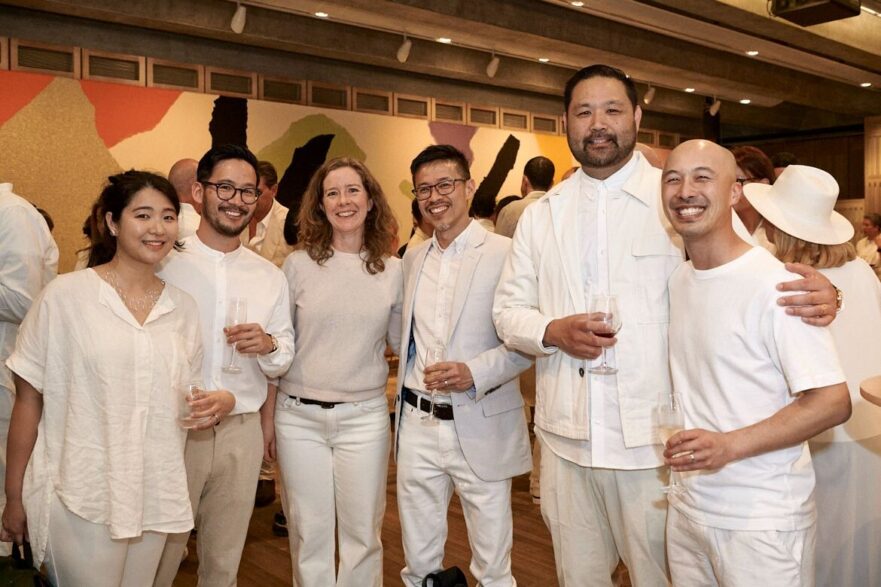
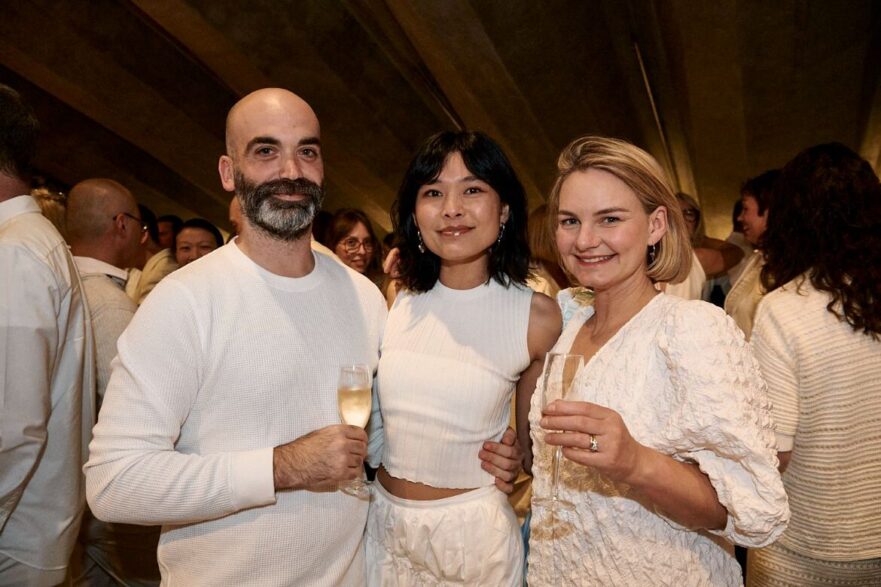


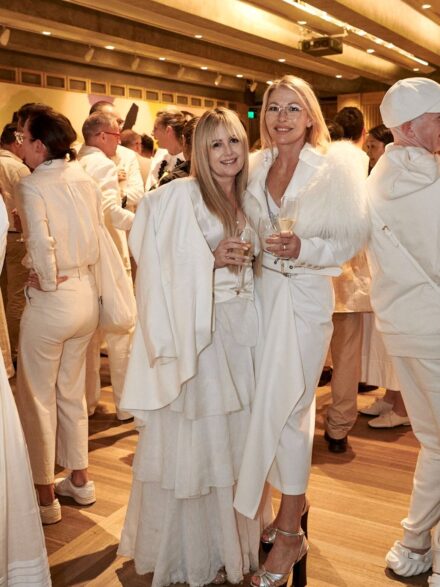
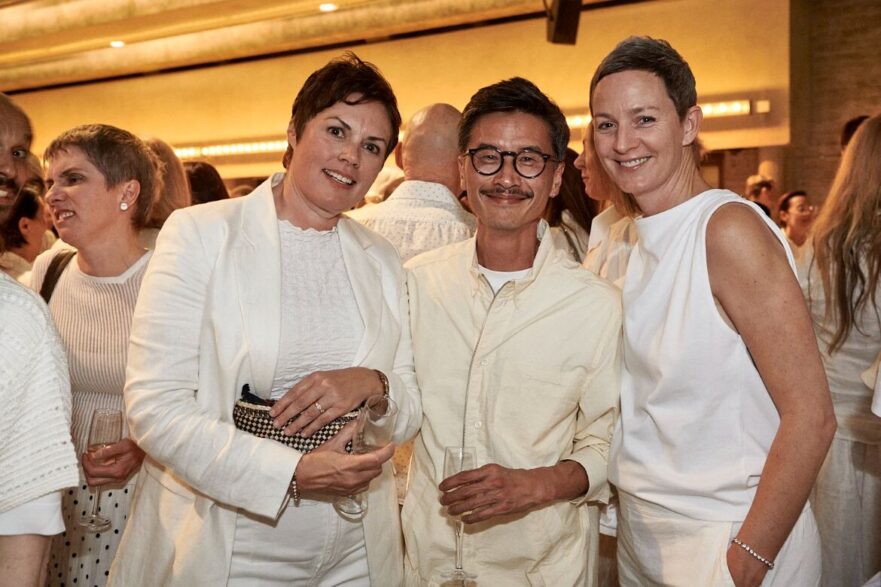


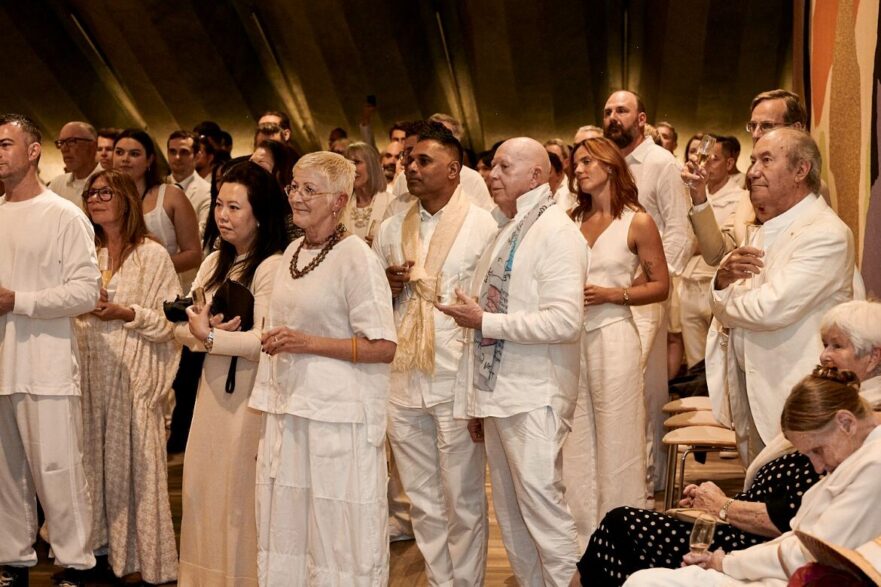

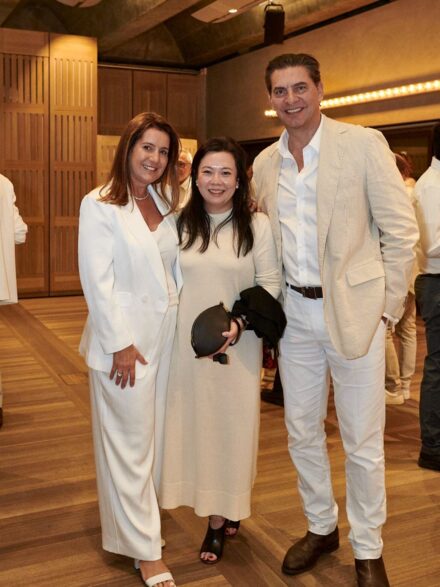

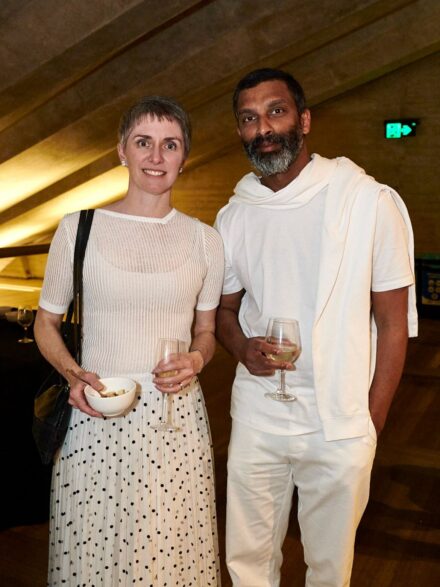

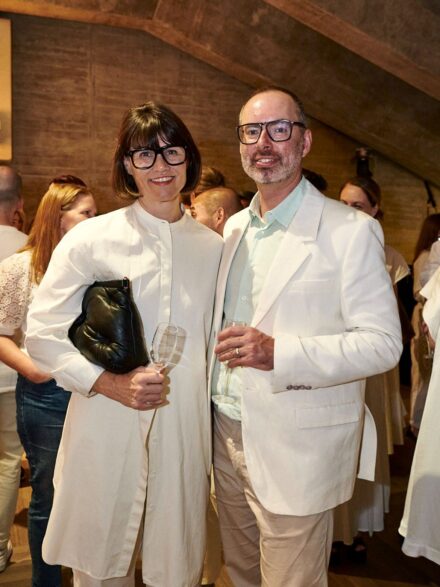
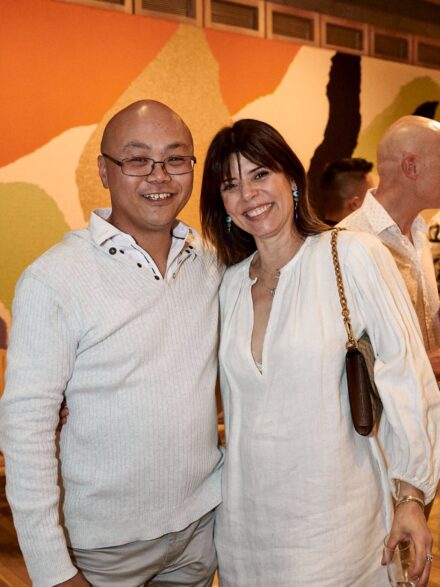
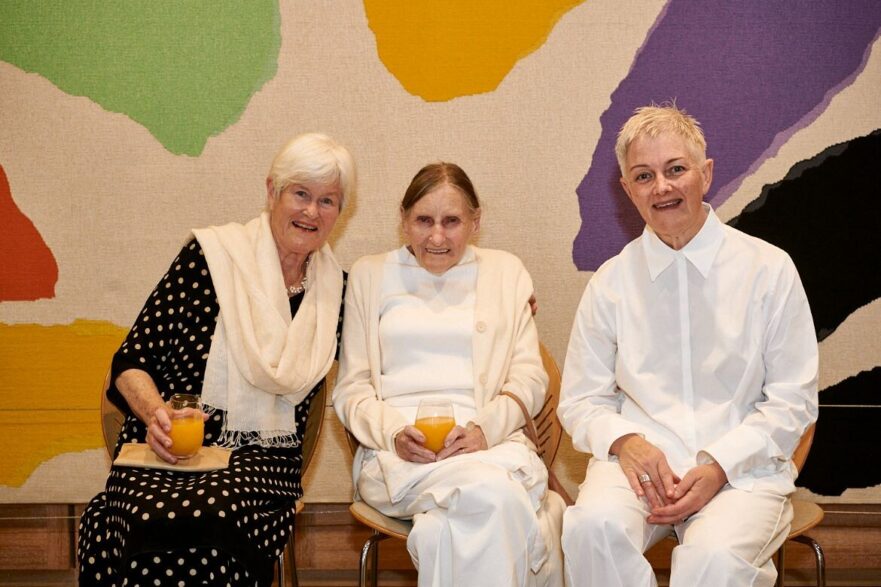


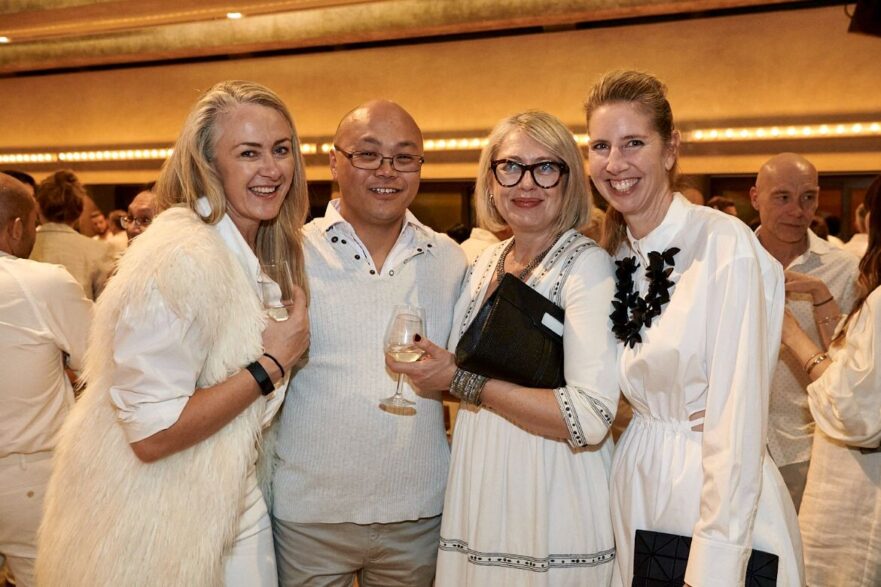
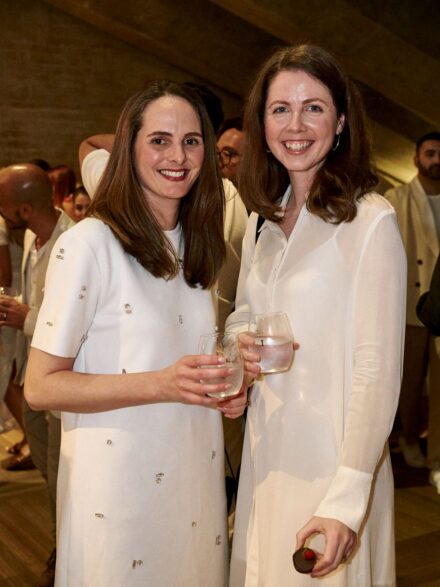

Smart Design Studio
smartdesignstudio.com

